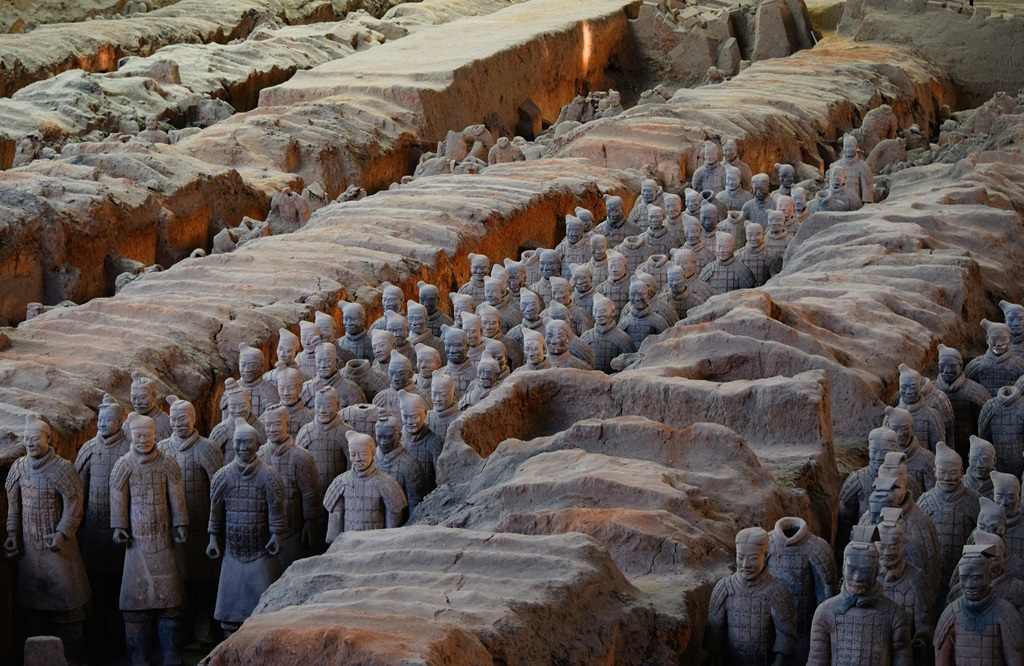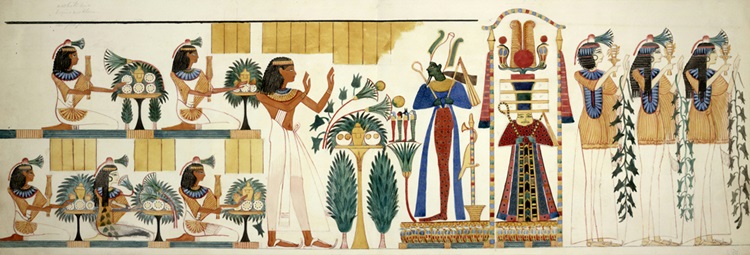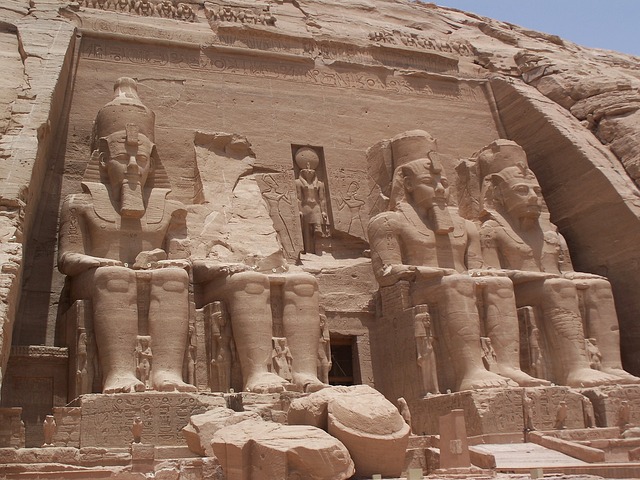Art has always transcended decoration, embodying the essence of human experience. In every civilization, art served as a cultural mirror, capturing values, beliefs, and dreams that shaped societies. Ancient Artz stands as a testament to this, showcasing intricate carvings, vivid paintings, and monumental sculptures that offer a rare glimpse into humanity’s earliest narratives. Each piece tells a story, one that reflects not only individual skill but also collective identity and purpose.
Every culture brought its distinct style, transforming everyday materials into symbols of faith, power, and community. Through these creations, ancient societies preserved their legacies, leaving behind influences that continue to shape modern art. This article dives into the timeless beauty of ancient art, tracing global traditions, innovative techniques, and the enduring impact these masterpieces hold today.
The Origins of Ancient Artz: A Universal Language
Humans expressed themselves through art long before the invention of writing. Ancient art reveals a shared need for expression across continents. Early people created art as a way to communicate and preserve their experiences.
- Triumphal Arches and Columns:
Monuments like the Arch of Constantine celebrated Rome’s military victories and symbolized its vast influence. Each arch commemorated significant triumphs, often marking the achievements of emperors and military leaders. Romans built these arches in prominent locations, allowing citizens and visitors to witness the empire’s strength and glory.
Detailed carvings and inscriptions on the arches illustrated scenes from key battles and campaigns, showcasing the bravery and power of Roman forces. These structures did more than beautify public spaces; they reinforced the pride and unity of Roman society, reminding everyone of the empire’s enduring legacy.
Roman art focused on realism, grandeur, and public display, capturing the core values of the empire. Each piece represented more than artistic skill; it reinforced Rome’s power and lasting influence. Roman art stands as a testament to the empire’s achievements and its legacy across history.
Chinese Art: Harmony and Balance
Ancient Chinese art captured essential philosophical values, emphasizing harmony between humans and nature. Chinese artists viewed art as a means to express balance and spiritual alignment. Each piece reflected their deep connection to nature and the cosmos, embodying the principles of unity and tranquility central to their culture.
- Bronze Vessels:
Chinese artisans crafted bronze vessels during the Shang and Zhou dynasties as offerings for ancestor worship. Each vessel displayed intricate patterns and symbols, embodying cosmic harmony and deep respect for ancestral spirits. These pieces held a ceremonial role, combining artistic precision with spiritual reverence, showcasing the artisans’ dedication to both craftsmanship and tradition.
- Calligraphy and Ink Painting:
Calligraphy emerged as one of China’s most revered art forms, admired for its precision, balance, and graceful flow. Chinese calligraphy united beauty with philosophical depth, highlighting the harmony in each carefully placed stroke. Ink paintings, especially landscapes from the Song dynasty, portrayed serene scenes of mountains, rivers, and trees. These artworks captured the essence of nature, reflecting a deep appreciation for balance and tranquility central to Chinese culture.
- Terracotta Warriors:
The Terracotta Army, made for Emperor Qin Shi Huang’s tomb, includes thousands of life-sized clay soldiers. Each soldier has unique features, showcasing the advanced skills of ancient Chinese artisans. This vast project reflects their dedication to honoring the emperor’s legacy. The Terracotta Warriors serve as symbols of loyalty and respect. Each one stands as an eternal guardian, crafted to protect the emperor on his journey into the afterlife.



